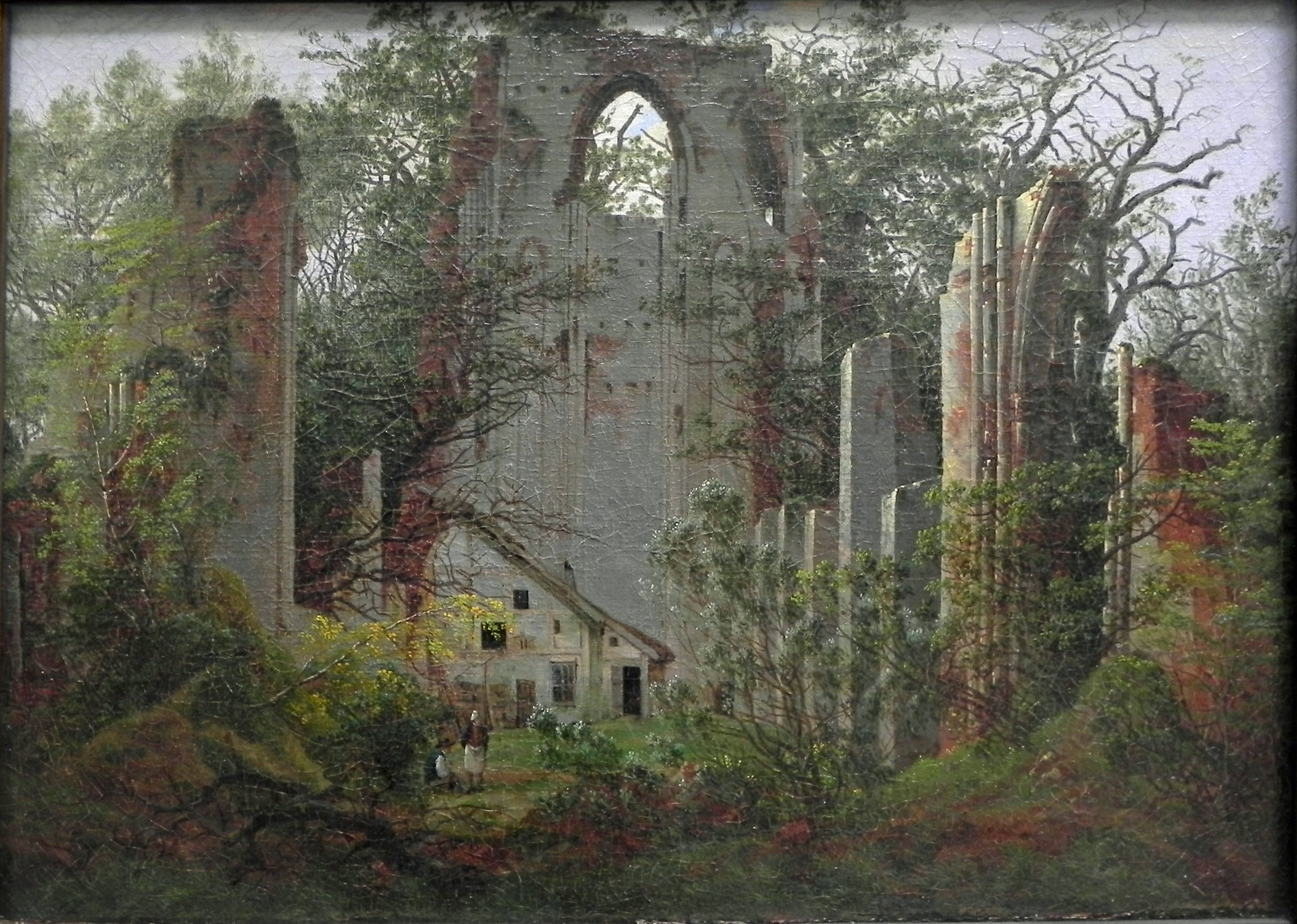Nature in Art
Welcome to this introductory post in our "Nature in Art" series.
This whistle-stop tour through the centuries will give you a broad
overview of how nature became increasingly important in art.
Nature, in some form or another, is a constant; something that we all come into contact with, no matter where we live. However, our perception of nature is a lot more complex, and nowhere is this more obvious than the way in which nature is represented in art.
(c) Phil Starkey. From her upcoming series, available from September 5th.
Art history provides a fascinating insight into how humans have understood the natural world. From the earliest cave paintings depicting hunting scenes to photographs that simply celebrate the beauty of the wilderness, we’ve always used art as a way to express what nature means to us. Our ever-changing relationship with nature can be better understood by examining art across the ages. Despite the fact that it’s all around us, incredibly, nature wasn’t a particularly popular source of inspiration for artists in the Western world until the 17th century. It was considered too lowly to be the focus of a painting in its own right and often found itself relegated to the background of religious works of art. But that all changed during the 17th century when two very distinctive themes emerged in landscape painting - the idealised Classical dreamscapes popularised by Italian-based artists like Claude Lorrain and Nicolas Poussin, and the grittier, down-to-earth style of northern European art.
Nature in the Classical paintings was very strictly contained. The artists wanted to conjure a perfect world inspired by tales from Greek and Roman mythology, so these works of art followed the philosophy of “a place for everything and everything in its place”. Such carefully contrived composition sought to reflect harmony in nature - a mindset that also played itself out beyond the canvas and into the fashion for landscaped gardens. Only when there is balance can the world be a place worth living in; a romanticised pastoral idyll that makes viewers long for those “good old days” of the distant past.
Landscape with the Ashes of Phocion (1648), Nicolas Poussin June 1594 – 19 November 1665)
The flip-side of this was what was happening further north. The paintings created, most famously, by the Dutch painter Jacob van Ruisdael represent nature at its wildest. There are no attempts to tame or contain the great outdoors here. Instead we are shown nature in all its raw majesty. The Protestant Revolution in this part of the world meant that there was a shift away from the restrictions of religious art and, instead, the beauty of nature became the new form of worship - at least in creative terms. In van Ruisdael’s huge canvases, often with half the space dedicated to a dramatic cloud-filled sky, you can also find local people going about their business, tiny against such a backdrop, as if showing that the place of humanity in the big wide world is only a small one.
Sailing Vessels in a Stormy Sea, Jacob Isaackszoon van Ruisdael c. 1629 – 10 March 1682)
The Romantic movement of the late 18th and early 19th centuries took the Dutch view one step further. We now had artists like Caspar David Friedrich, Turner and Constable actively seeking to demonstrate the wildness of nature. They believed that communing with nature (preferably alone) was healthy both for the mind and the spirit. This is reflected in their art, particularly in the unfettered wildness of both Friedrich and Turner’s paintings. Constable, like van Ruisdael, focused on creating more realistic depictions of the world around him complete with atmospheric skyscapes and miniature people going about their daily business, entirely at the mercy of their environment.
Eldena Ruin, Caspar David Friedrich (5 September 1774 – 7 May 1840)
This trend gathered pace over time, particularly with the invention of tin tubes for paint which gave artists the freedom to work outside and capture nature “live”. Both the Barbizon School in France and the Hudson River School in the US set about painting what they considered to be more “authentic” representations of nature, without the formality of composition found during previous centuries. The untamed beauty of Fontainebleau Forest was a particular source of inspiration for the artists of the Barbizon School, such as Theodore Rousseau. Both this location and style of painting attracted younger artists like Claude Monet and Alfred Sisley who eventually went on to create the Impressionist movement. They took world view of the Barbizon School to the extreme, creating dreamy landscapes while painting outdoors to render the effects of changing light and weather.
The Forest in Winter at Sunset, Étienne Pierre Théodore Rousseau (April 15, 1812 – December 22, 1867)
The development of photography as an art form in the 19th and 20th centuries meant that nature could be captured as it truly is. The Hudson River School had wanted to celebrate the monumental, empty American landscapes that surrounded them. Some of the best known American landscape photographers took this philosophy and applied it to their own work. Perhaps the most famous landscape photographer is Ansel Adams. He not only aspired to show the beauty of American West; he was a staunch environmentalist who wanted his photographs to inspire others to take better care of the planet.
Canyon de Chelly Arizona. Ansel Adams (Feb. 20 1902 — Apr. 22, 1984)
Adams wasn’t the only photographer who used their art to promote an environmental agenda. William Henry Jackson’s photographs of the Yellowstone region led to the creation of Yellowstone National Park in the 19th century. During the 20th century, the Sierra Club employed the talents of Philip Hyde and Eliot Porter to advocate for better protection of the natural world. Adams, Hyde and Porter were prolific in their work and published a significant number of books, helping to bring the great outdoors to a wider audience.
Summit of Jupiter Terraces, William Henry Jackson (April 4, 1843 — June 30, 1942)
The use of nature in art has come a long way from the days when it was considered too unimportant to bother with. Now it’s more than just a backdrop or something that’s purely aesthetic. It’s a way of showcasing the beauty of our planet and a crucial tool in ensuring that we do all we can to protect and preserve our environment.
Text written by Lucy Pinkston







